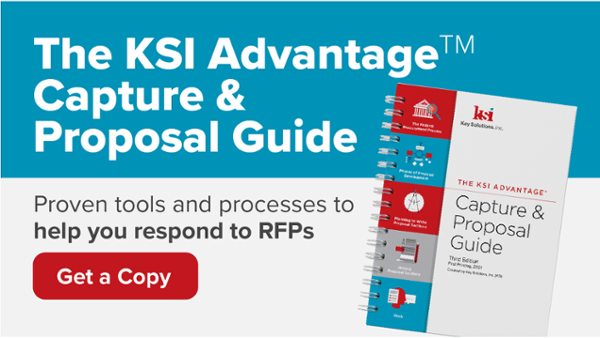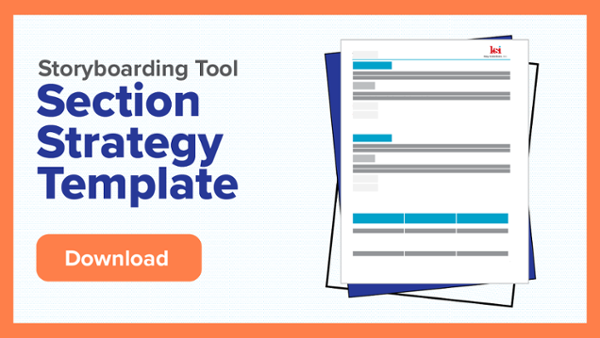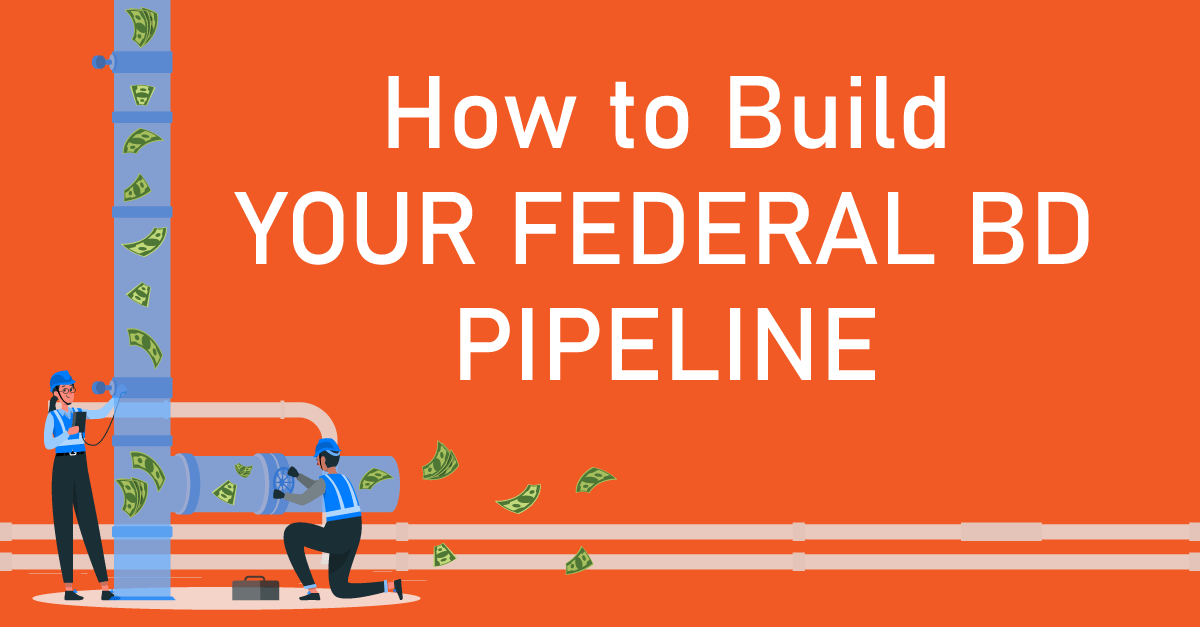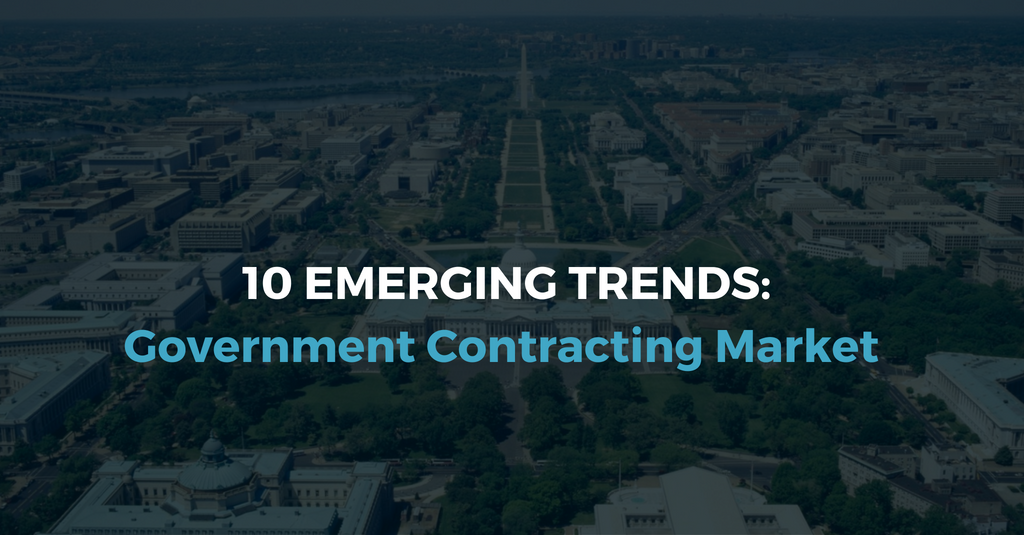People often confuse proposal win themes and section themes. Win themes are those high-level features and benefits that transcend the entire proposal.
Effective proposals usually have no more than three win themes focused on what the customer cares about most. Typically, the customer wants things cheaper, faster, and better—which we might present as low-cost, low-risk, with innovation to provide increased efficiency and effectiveness.
Section themes should resonate with your overall win themes; however, section themes are specific to each section. Section themes should highlight a key feature of the section solution and the benefit that the customer receives from that feature.
Section theme statements:
- State your case upfront (themes are the first sentence in the section/subsection)
- Contain quantified benefits to the customer.
- Answer, “Why should the customer select your company?”
- Should be provided for every first-level section and second-level subsection
- Are typically formatted to stand out from the rest of the text
As we see from the quote below, stating your case first and then supporting your case with proof in the supporting text is not a new concept in persuasive writing.
“To convince someone of something you must first state your case and then prove it. You cannot state your case and fail to prove it, nor can you prove it without first having stated it.”
– Aristotle
So how do we go about developing a theme statement for a proposal? I like to follow a six-step process, which I outline below.
Step 1: Determine what your government customer cares about.
This has to be specific to the section and your customer. For example, if you are writing a section about staffing, you want to think about what keeps the customer up at night regarding staffing on the contract. Is your customer worried about high turnover? Do they value certain certifications and training? Are clearances required?
Step 2: Determine the features of your approach that address your customer’s concern.
This is the place where we tend to slip up the most—far too often we highlight the features that we care about, rather than those that will resonate best with the customer. You can prevent this misstep by tying your features directly to those issues and hot buttons you identified in step one.
Step 3: Determine the benefits that your customer receives from each identified feature.
These benefits should be things that the government agency cares about—almost always benefits should be in terms of reduced cost, reduced risk, increased quality, increased efficiency, increased effectiveness, or expedited timeline (faster).
Step 4: Quantify each benefit, if possible.
Adding specificity makes your theme more credible. However, be careful not to be too specific: 20% will be perceived with more confidence than 22.4%, which may raise questions of validity.
So, for example, if the identified benefit of your COTS solution is, “saves the Government time and money,” you might be able to quantify that benefit as, “life-cycle savings of $250,000 in software development costs.”
Step 5: Pick the feature/benefit combination(s) that will resonate most.
Take a look at your feature/benefit combinations. Which one do you think the customer cares most about? Use that as your theme statement for the section. Don’t worry—all the other feature/benefit pairs, which still address other relevant customer issues and hot buttons—can be used in a feature and benefit table later in the section introduction!
Step 6: Form your theme statement.
Join your feature/benefit combination together into a single, hard-hitting statement. Where possible, put the customer benefit first—but only if this doesn’t make the statement seem too forced.
Some examples of strong, quantified theme statements include:
Example 1: Customer Z receives immediate start-up, enhanced user productivity, and life-cycle savings of $250,000 in software development costs with our COTS solution, which delivers all the required financial management functions listed in the RFP.
Example 2: Our proprietary XYZ tool automates the ordering process, which reduces the risk of errors caused by manual entry, decreases associated labor costs, and results in fulfilment times that are up to four times faster.
Example 3: Company Q delivers the lowest-risk transition to Customer M; as the incumbent contractor, we can transition the contract in weeks rather than months, without interruption to service, since we only require administrative adjustments.
CONCLUSION
Theme statements set the stage for the section and grab the government customer's attention because they address an issue that the customer cares about. If proposal theming is done well, the theme statements will show up as strengths in your evaluation debrief from the customer.
When this happens, you know you’re on the right track with your theme statement development process!









